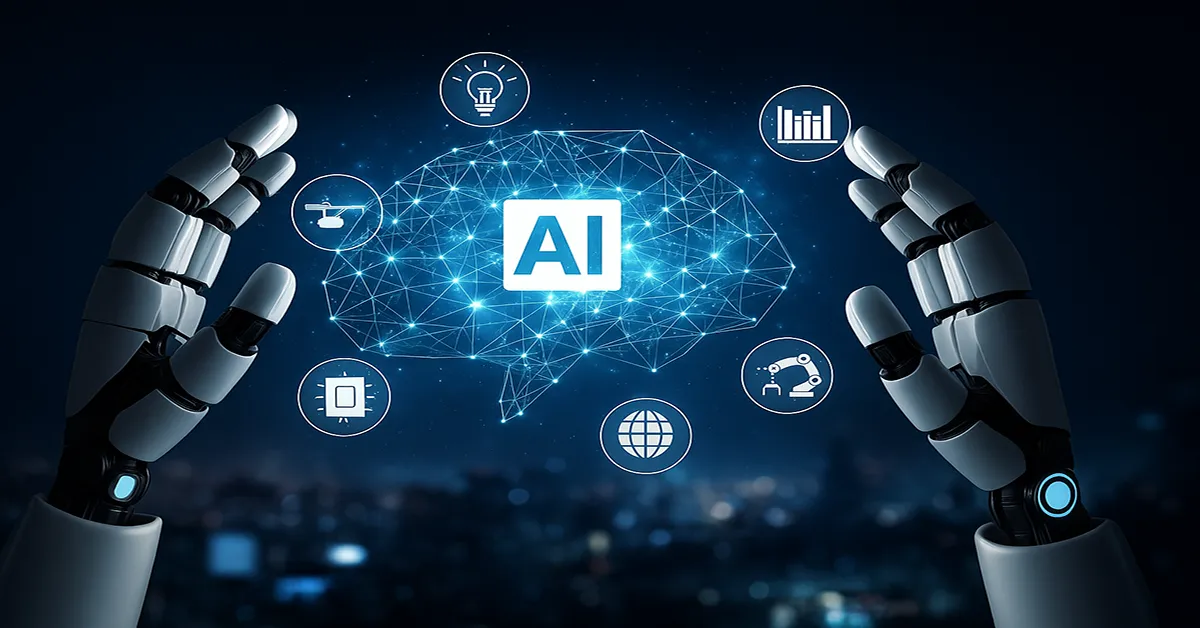- Claude 3.5 Opus: Unveiling the Next Generation of AI Technology
- The Evolution of the Claude Family
- Key Features of Claude 3.5 Opus
- Release Date and Availability
- <strong>Strategic Launch Plan for Claude 3.5 Opus</strong>
- <strong>Key Factors Shaping the Claude 3.5 Opus Launch Timeline</strong>
- Implications for the AI Community
Claude 3.5 Opus: Unveiling the Next Generation of AI Technology
Artificial intelligence continues to evolve at a rapid pace, and the release of Claude 3.5 Opus by Anthropic marks a significant milestone in this journey. Building on the success of its predecessors, Claude 3.5 Opus promises enhanced capabilities, improved safety measures, and more robust performance. This article delves into what makes Claude Opus a game-changer in the AI landscape, its release date, and the potential implications for both developers and users.
The Evolution of the Claude Family
Anthropic, a prominent player in the AI field, has made substantial strides with its Claude series. Named after Claude Shannon, the father of information theory, the Claude models are designed to be safer, more interpretable, and more aligned with human intentions than previous AI systems. The release of Claude 3.5 Opus represents the latest advancement in this series, incorporating state-of-the-art technology to offer enhanced performance and greater usability.
Claude 3.5 Opus is part of the Claude family, which began with earlier versions focused on refining natural language processing (NLP) capabilities. Each iteration has built upon the last, introducing more sophisticated features, improving response accuracy, and enhancing user interactions. Claude Opus continues this trajectory with new innovations that set it apart from its predecessors.
Key Features of Claude 3.5 Opus
Claude Opus is not just an incremental upgrade; it introduces several significant advancements that make it a standout in the current AI market. Here are some of the most notable features:
1. Enhanced Natural Language Understanding (NLU)
One of the most significant improvements in Claude 3.5 Opus is its advanced natural language understanding capabilities. This model can better comprehend context, nuances, and complexities in user input, making interactions more seamless and intuitive. This improvement is crucial for applications that require a deep understanding of user intent, such as customer service bots, content generation tools, and virtual assistants.
2. Improved Safety and Alignment
Safety and alignment with human values are critical considerations in AI development, and Claude Opus is no exception. Anthropic has placed a strong emphasis on making this model safer and more aligned with ethical guidelines. Claude Opus incorporates new safety protocols designed to minimize harmful outputs and prevent misuse, addressing some of the significant concerns surrounding AI deployment in sensitive environments.
3. Better Performance and Efficiency
Another area where Claude 3.5 Opus excels is in its performance and efficiency. The model has been optimized for faster processing times and reduced latency, providing users with quicker and more reliable responses. This enhancement makes Claude Opus ideal for real-time applications, where speed and accuracy are paramount.
4. Scalability and Flexibility
Claude 3.5 Opus has been designed with scalability in mind, making it suitable for a wide range of applications across different industries. Whether it’s in healthcare, finance, education, or entertainment, this model can be tailored to meet the specific needs of diverse sectors. Its flexibility also allows developers to integrate Claude 3.5 Opus into existing systems with minimal adjustments, fostering innovation and experimentation.
Release Date and Availability
According to the latest announcements from Anthropic, Claude 3.5 Opus is set to be released in early 2024. The company has already begun rolling out beta versions to select partners and developers, who are providing valuable feedback to fine-tune the model before its official launch. This phased approach ensures that Claude 3.5 Opus will be well-prepared to meet the demands of a global audience upon its release.
Strategic Launch Plan for Claude 3.5 Opus
Anthropic has adopted a meticulously planned release strategy. By debuting Claude 3.5 Sonnet ahead of Opus, the company has set a new industry standard. Amodei remarked, “We’ve just surpassed our flagship model, Opus, with Sonnet 3.5, and we’re offering it at nearly a fifth of the cost.” This strategy achieves several objectives:
- Showcasing Anthropic’s pace of innovation.
- Delivering immediate value to enterprise clients.
- Preparing the ground for the enhanced capabilities of the forthcoming Opus model.
Key Factors Shaping the Claude 3.5 Opus Launch Timeline
The timing of Claude 3.5 Opus’s release appears influenced by several considerations:
- Customer Feedback: Anthropic prioritizes user input. As Amodei explained, “Our ability to rapidly ship new products and features comes from actively listening and responding to customer needs.”
- Performance Enhancements: With Claude 3.5 Sonnet already outperforming its predecessor, Anthropic is likely taking extra time to ensure Opus offers a substantial advancement.
- Market Competition: The competitive landscape, including developments from OpenAI and Google, may shape Anthropic’s timing strategy.
- Enterprise Integration: To meet business-specific requirements, Anthropic may focus on seamless enterprise integration and tailored solutions prior to launch.
Implications for the AI Community
The release of Claude Opus is poised to have a significant impact on the AI community and beyond. For developers, it offers a new tool to build more sophisticated and user-friendly applications. For businesses, it presents opportunities to leverage advanced AI to enhance customer experiences, streamline operations, and drive innovation.
Moreover, Claude 3.5 Opus’s focus on safety and alignment reflects a broader industry trend towards more responsible AI development. As concerns about AI ethics, bias, and potential misuse continue to grow, models like Claude Opus demonstrate a commitment to addressing these issues proactively. This focus not only benefits end-users but also helps build trust in AI technologies, which is crucial for their long-term adoption and integration into society.
Conclusion: A Step Forward in AI Innovation
Claude 3.5 Opus represents a significant step forward in the evolution of artificial intelligence. With its enhanced natural language understanding, improved safety measures, and superior performance, it is set to become a valuable asset for developers, businesses, and users alike. As we look towards its release in early 2024, the anticipation is high for what this model will bring to the table and how it will shape the future of AI.
For those interested in exploring the capabilities of Claude Opus further, keep an eye on updates from Anthropic as the release date approaches. This model not only promises to push the boundaries of what AI can achieve but also to do so in a way that is safer, more aligned, and more beneficial to society as a whole.







